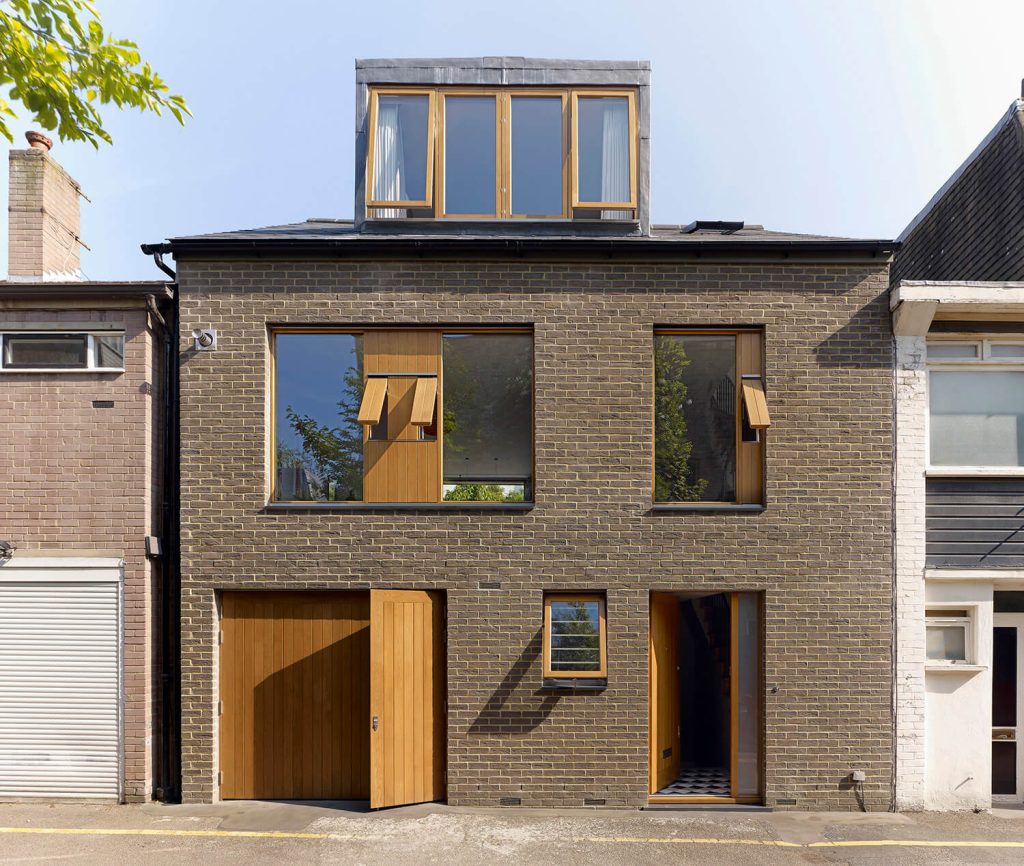Blog
Characteristics of Residential Property Eras
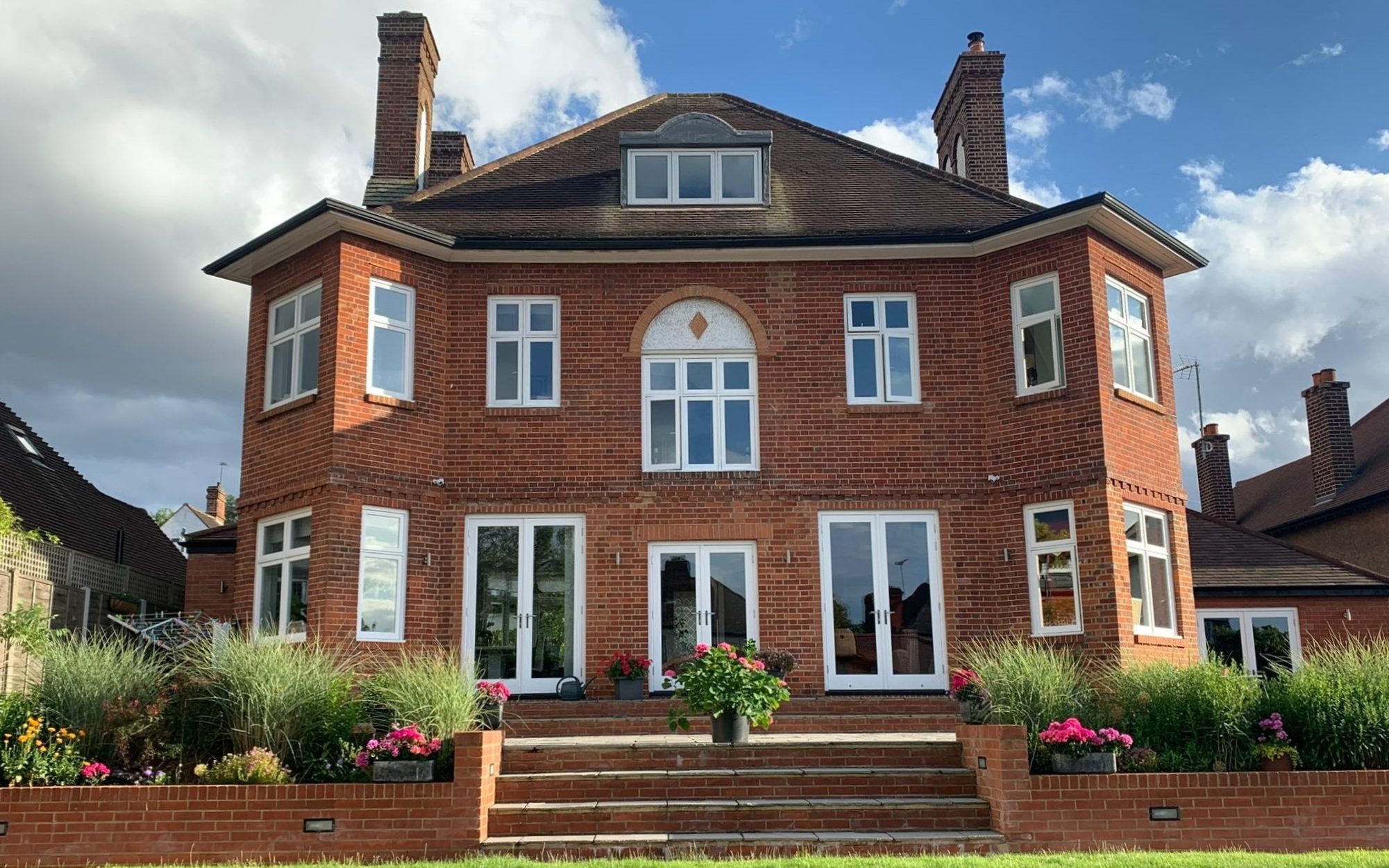
Residential properties have seen an evolution in their architectural design over the years due to the influence of different time periods and eras. Each property reflects the prevailing socio-cultural, technological and artistic trends of its time. Gaining an understanding of these property eras allows insight into the changing preferences and tastes of homeowners at the time and how they have shaped the homes we live in today! From the classical elegance of Georgian homes to the artistry of the Victorian era and the functional minimalism of modern houses, we are able to gain an insight of each home’s architecture, telling us a unique story of that era and the environment as well as the people who inhabited the home before us.
Georgian Era 1714 – 1837
Georgian era houses were prevalent during the ruling of the four King Georges of England, and are known for their distinctive and architectural features. During this era, houses were portrayed by symmetry, proportion and elegance. A famous Georgian property we see quite often is 10 Downing Street which holds the distinctive architecture style of symmetry by creating a central entrance an equal number of windows on either side to create a balanced and proportional design principle.
Georgian houses often featured tall sash windows where they were usually made from timber and have two movable sashes that are commonly divided into a grid pattern of six by six panes or six by nine panes. These sash windows are operated by weights and pulleys which allowed for, at the time, to fractionally open them to create ventilation while it rained as it would keep rain from entering the home. Sash windows typically held a large rectangular and vertical theme to allow natural light to enter and brighten the home.
Georgian era doors were typically made from solid wood which weighed around 30kg. These doors featured multiple panels – typically six, often with raised moldings to give the appearance of grandeur. Above the main entrance door, it was common to find a semi-circular or elliptical fanlight with decorative glazing bars which added an element of sophistication to the exterior entryway of the house.
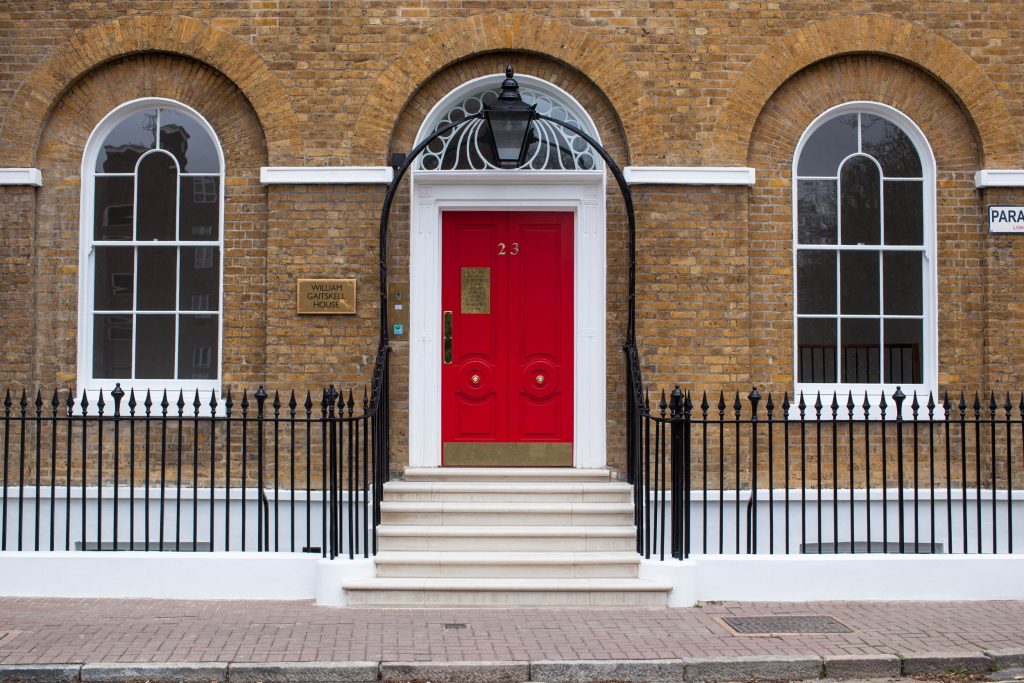
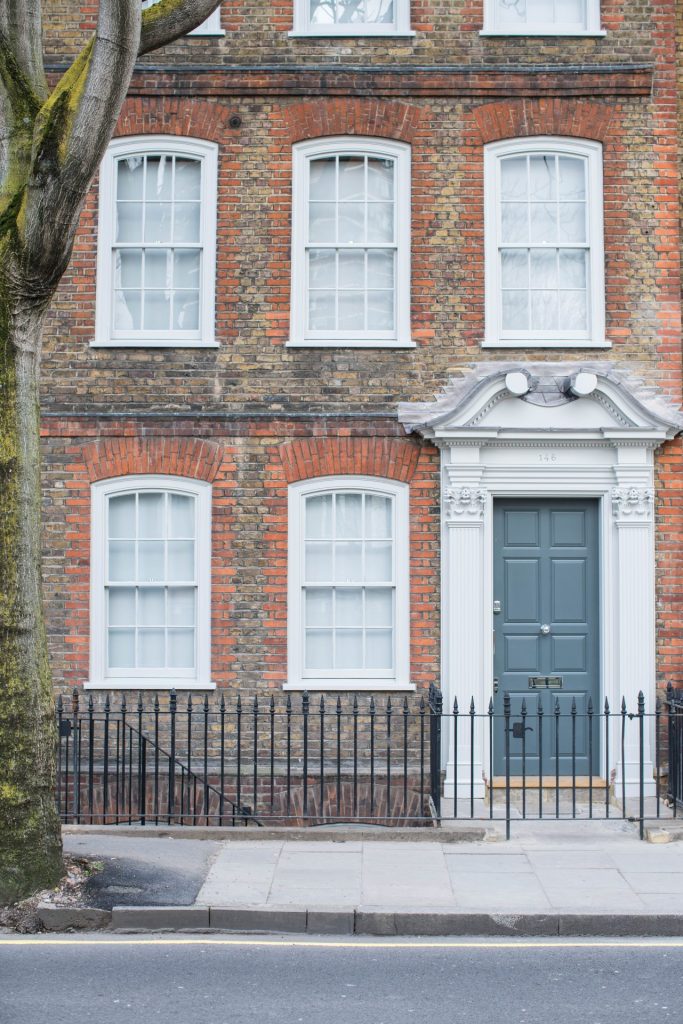
Victorian Era 1837-1901
The Victorian Era began when Queen Victoria was on the throne in the early 19th Century. The Victorian era introduced a change in architectural style as well as decorative elements. Houses in the Victorian era encompassed a variety of architectural styles, ranging from Gothic Revival, Italianate, Queen Anne, Second Empire and more. This diverted away from the traditional Georgian architecture which emphasized symmetry and uniform buildings. Victorian houses also saw an increase in ornate details where they included intricate woodwork, ornamental trim and decorative gables.
The Victorian era introduced bay windows to properties which protruded out the façade of the building, providing extra interior space and allowing for more natural light to enter the building. Stained glass panels were also introduced on windows, allowing for colourful and intricate designs to be displayed to add a touch of artistry and sophistication. Victorian windows also featured hood molds above the windows to enhance the visual appearance of the window and house altogether, in addition to protecting the windows from rain.
Victorian era doors differed to Georgian doors with their highly decorative styles with intricate carvings, paneling and moldings. The level of decoration varied depending on the specific style of the house. In addition to windows, doors also featured stained glass inserts or sidelights on either side of the entrance displaying vibrant and artistic designs to passersby. Doors were typically paired with transom windows which were positioned above the entrance door were it allowed natural light to flow into the foyer, it again had the option to feature stained glass. Elaborate doorknockers, handles, and other hardware were also popular within the Victorian Era.
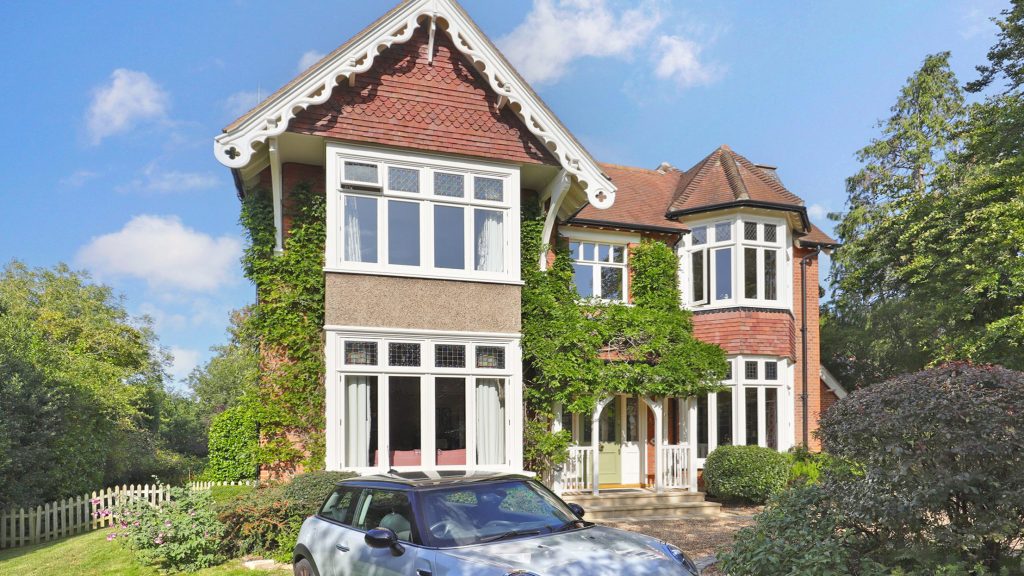
Edwardian Era 1901 – 1910
Edwardian houses became prevalent during King Edward VII’s ruling of the United Kingdom just after Queen Victoria’s death in 1901. King Edward VII was in power for 9 years until his death in 1910. While his succession was short, it represented a transitional period in architectural design between elaborate decoration during Queen Victoria’s ruling, and the more simplified style of architecture styles of houses that the Edwardian era introduced. Many Edwardian properties were constructed using red bricks to create a warm and welcoming look. Timber and stone were also included with work within Edwardian houses.
Windows in the Edwardian era were often large casement windows which allowed plenty of natural light to enter the rooms. These windows were typically rectangular shapes and were made of wood and could be single, double or triple glazed glass which would help prevent outdoor noise from entering the house. Stained and leaded glass which was quite prominent in the Victorian era were also featured with Edwardian houses, however, they were less extravagant but nonetheless, elegant.
Edwardian doors were typically made of solid wood and had a clean design, often featuring less panels as the Victorian era doors as well as minimal decorative hardware. Transom windows above the front door also remained after the Victorian era as they were an additional way to bring light into the home. In some cases, Edwardian houses had small covered porch entries with columns or pilasters, which provided shelter from the rain and added a touch of elegance to the entrance of the house.
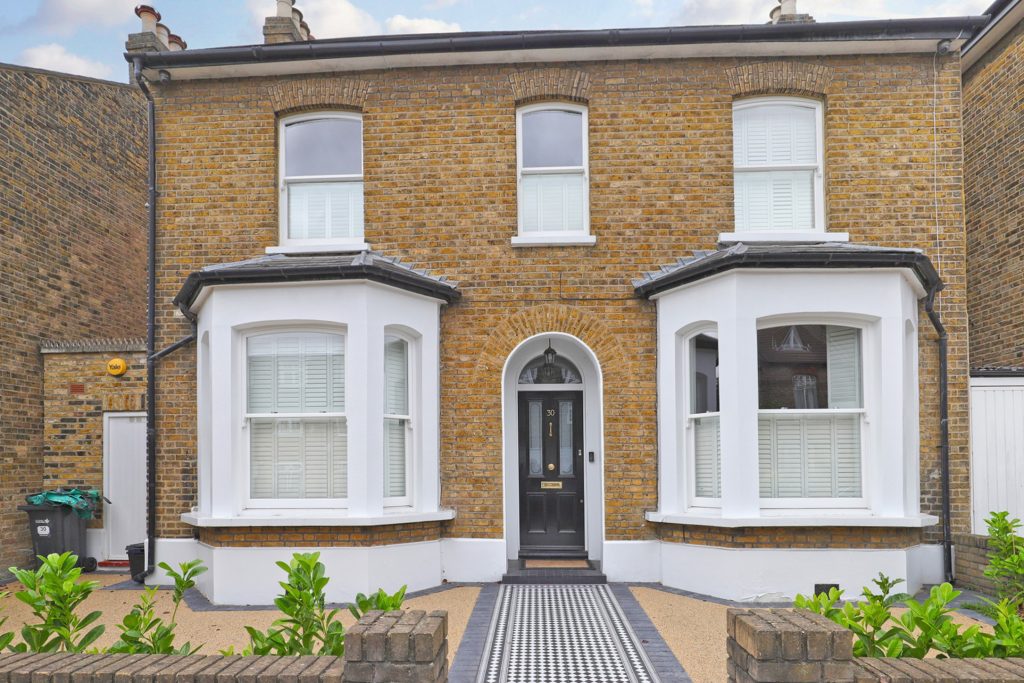
Modern Era 20th – 21st Century
Modern Era houses are often associated with the architectural styles of the 20th and 21st centuries and are characterized by their simplicity, functionality, and a focus on clean lines and open spaces. The architecture of modern houses embraces minimalism, with a particular focus on clean and uncluttered lines and a reduction of decoration which seems unnecessary. We live by the phrase of “less is more”. Open floor plans are usually common with modern properties to maximize space and blend space into each other seamlessly to avoid wasting space and create a spacious environment. Modern homes often incorporate a variety of materials such as concrete, glass, steel and wood which creates a balance between industrial and natural elements.
In today’s era, houses make extensive use of large windows to maximize the amount of natural light let into the house as well as create a connection between indoor and outdoor space to create a warm and scenic atmosphere at home. The window frames are usually kept minimal and unobtrusive, often made of metal or wood and painted in neutral colours to keep a minimalistic theme. With the advancements of technology, windows are able to be energy efficient by incorporating energy-efficient features, such as double glazing and low-E coatings to improve insulation and reduce energy consumption. In addition, fixed and operable windows are now becoming more common to see as it allows for ventilation and temperature control within the house.
Doors in modern properties are often characterized by their simplicity and clean lines, featuring neutral colours, smooth surfaces and minimalistic designs. Modern doors have an array of options to choose the materials it can be made from, including, wood, metal, glass or a combination of these. Similar to the Edwardian era, modern era doors tend to have minimal and discreet hardware to maintain a minimalistic aesthetic. Sliding and pivot doors are now introduced to create a seamless transition between indoor and outdoor living spaces.
This century has advocated for incorporating more sustainable practices when creating homes and developments to be able to be more environmentally friendly and conscious. Sustainable practices often include using, FSC® compliant wood, solar panels to obtain renewable energy and energy efficient appliances. In addition to sustainability, now is the era where people are becoming more integrated with nature, enjoying scenic views and natural light which is achieved with the help of large windows and glass doors as well as the use and incorporation of sustainable materials within their home.
